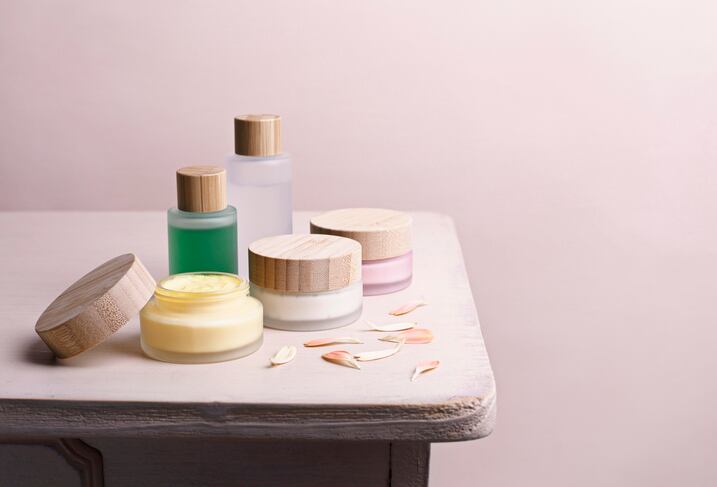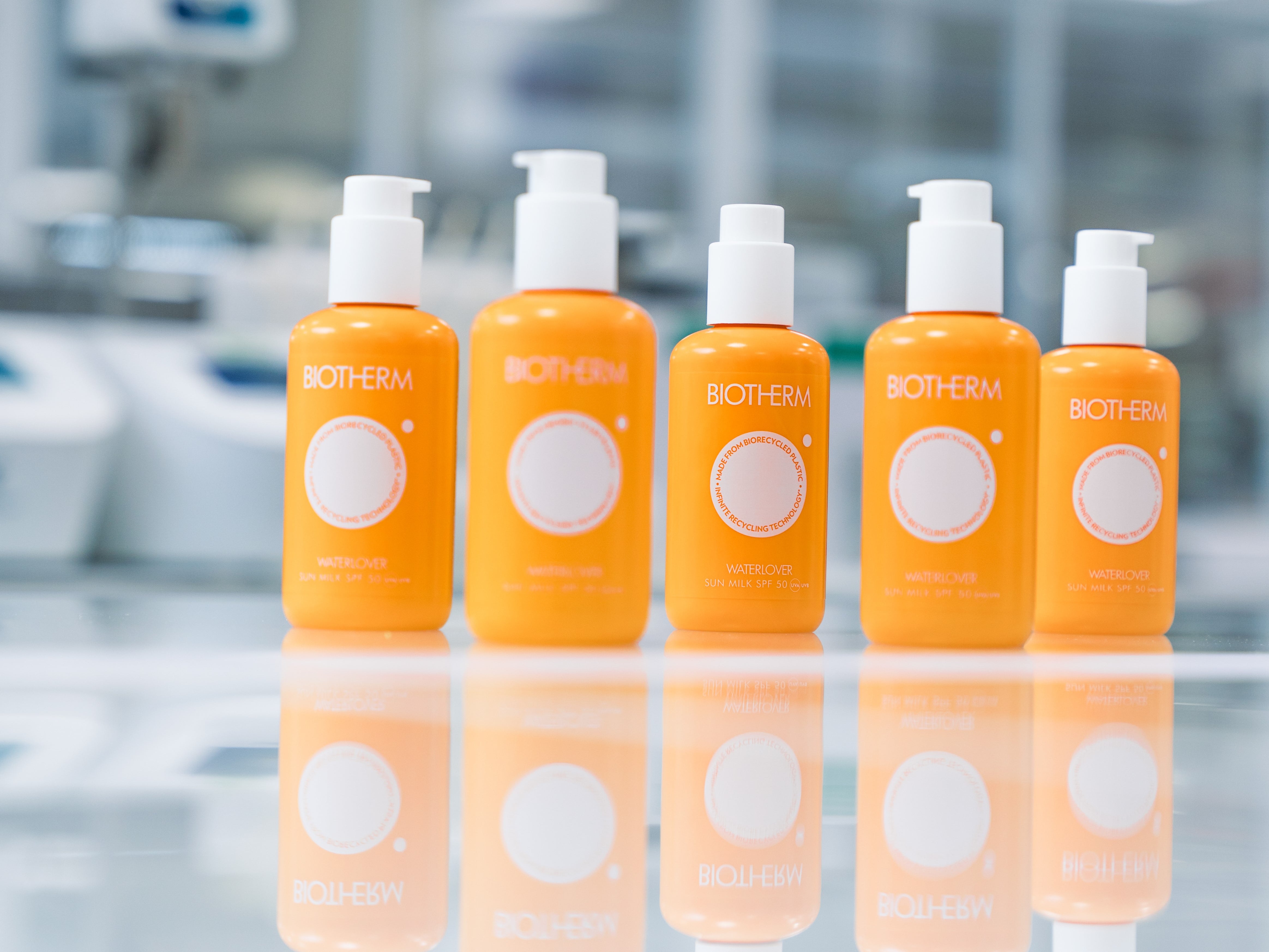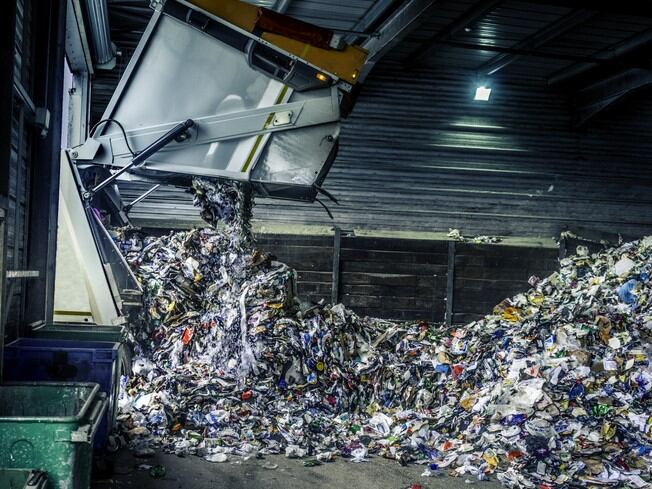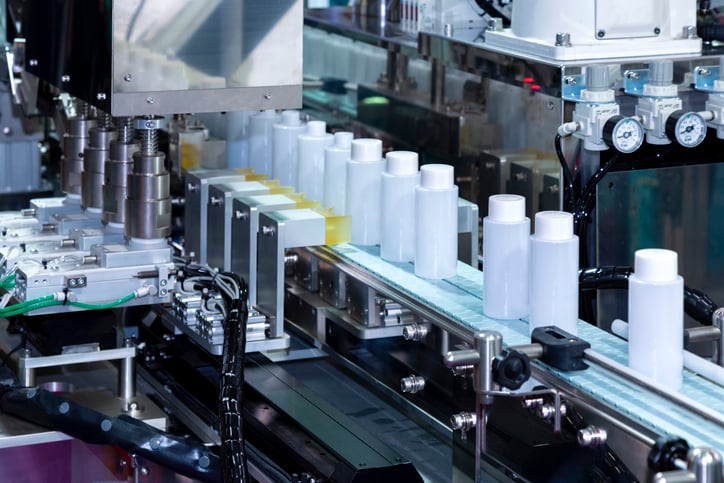But ratcheted-up recycling, reuse and circular systems, joined-up communications and materials innovation (wood anyone?) are offering plenty of hope.
“Wood is natural by definition. It’s refillable,” said Pierre-Antoine Henry, head of categories at Spanish beauty packaging specialist Quadpack, at last month’s WeCosmoprof International’s Sustainability, For Now and Next CosmoTalks webinar elegantly moderated by CosmeticsDesign-Europe editor, Kacey Culliney.
“Of course, if you refill, it means you can go for packaging that you bring more time, love and durable materials to because you are keeping the initial pack. So, it could open up a lot of creativity because you can invest a bit more money in the initial packaging,” Henry said during the expert panel debate.
Reusable packaging, he said, offered the golden path to waste reduction.
“The more you reuse, you have the impact on the environment of a single-use. This, for me, is the dream. Start from the dream and work backwards.”
Stepping up to meet the new green consumer
The Forest Stewardship Council (FSC)-certified wood project is one of many firms like Quadpack are engaged in to drive the kind of change beauty product buyers are demanding.
“Consumers have been demanding safe products for years but now with the COVID situation they are pushing for more sustainable products,” said Pedro Perez, general manager of Spanish manufacturer Laboratorios Maverick.
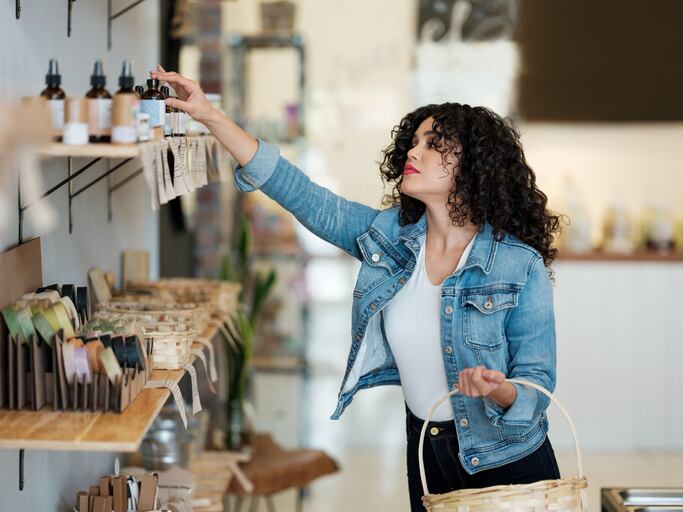
“Consumers consider not only the effects of the products that they are buying for their personal health but also the impact they are having on our soils and real-life habitats and the people that work at every level in the supply chain,” Perez said.
Christina Raab, VP of strategy and development at the Dutch-based Cradle to Cradle Products Innovation Institute, observed “a shift in sustainability driven by the pandemic and societal debates around equity and then, in general, consumers getting more and more conscious and informed about choices”.
“That brings the discussion around the equity and accessibility of more sustainable products to a broader population,” Raab said.
Lucia Brialey, co-founder and director of the UK-based Sustainable Spa Association, said firms that didn’t embrace supply chain transparency risked alienating consumers who “want to have a look down the supply chain to see that the products they are buying are not at the expense of the environment or people who are working in the supply chain”.
And Brialey said technological and ecological progress needn’t be at odds with each other. “I think there has been a huge improvement as well where science and technology are really meeting nature. The products that are available now for consumers are actually as results-driven as other chemical alternatives that they have used in the past.”
Bashing plastics bashing
All encouraging signals said Henry, but complex manufacturing challenges remained to shift old habits and achieve meaningful change.
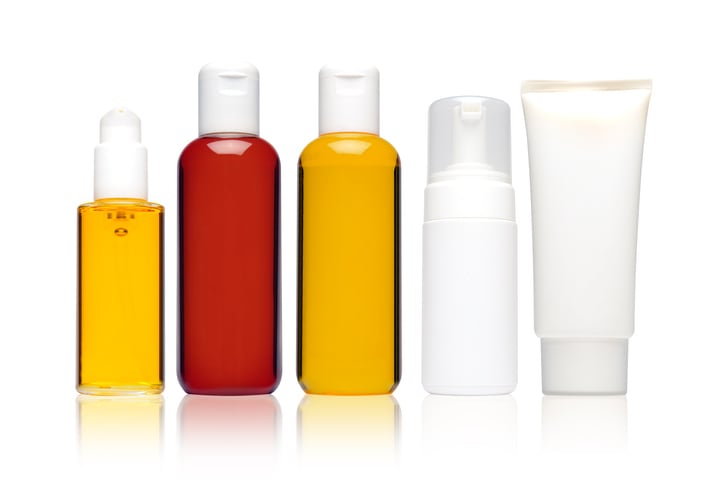
Take the fact the beauty industry tends to use food-grade plastics in much of its packaging, he said.
“Right now, in terms of plastic streams that are post-consumer recycled (PCR), there is only one kind of material that is food-grade and uses recycled materials which is PET (polyethylene terephthalate),” Henry said. “That means we have a huge bottleneck because we are using the norm from another industry which is an overkill compared to what we really need in the beauty industry.”
“If we could work together to develop a beauty-grade, we drastically enhance the type of sources we could use in terms of recycled plastic in our packaging. There needs to common initiatives between all stakeholders in the beauty industry.”
CosmeticsDesign-Europe recently covered news of Beiersdorf publishing an industry standard for cosmetic-grade packaging, following extensive research it had worked on collaboratively with manufacturing major Werner & Mertz and R&D institute The Fraunhofer Institute for Process Engineering and Packaging (IVV).
Henry said plastics misinformation was rife on social and other media platforms and did nothing to advance the sustainability cause. “There is a real issue around consumer education and sensitivity because they get trapped into ‘quick thinking’. There is a lot of bashing going on on plastic, but we don’t realise all that plastic can do and all that plastic brought.”
Perez agreed: “Every newspaper says plastics are bad, but plastics are necessary; to use the plastics in the correct way.”
The problem of formulation & packaging entanglement
The difficult relationship between formulations and packaging rarely factored into consumer-level anti-plastics dialogues for instance.
“The formula and the packaging go together,” Henry said. “Because a formula with volatiles or ingredients which are a bit aggressive on the plastic might require a certain kind of plastic (…) But as you can guess, that kind of plastic is usually non-recyclable or not in the mainstream (…) so it is only really with the formula that you can bring more sustainable packaging.”
Brialey agreed the packaging question was rarely black and white.
“The packaging is actually sometimes really key to the quality of the product so if you can’t solve it from that angle you have to solve it from the waste angle and the closed loop circularity of waste and recycling,” she said.
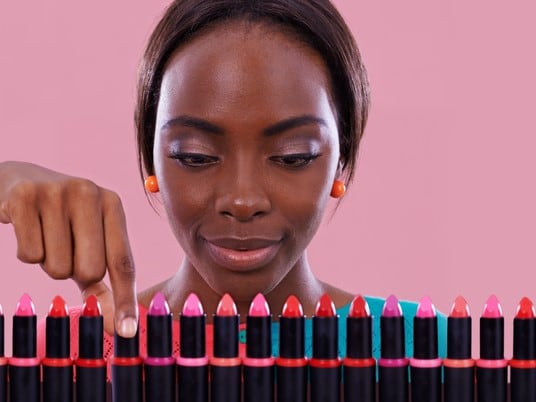
“There are so many creative solutions out there and the rise of the circular economy and people understanding what that means is going to be key in changing how people behave with packaging.”
Celebrating sustainability in beauty
Such complex issues will not be resolved overnight but Perez said the cost of sustainable materials was also a vital part of the equation. “An important challenge of the industry is to democratise the use of sustainable materials, sustainable products at prices available to all the customers.”
Raab put forward the idea that retailers were an often-overlooked link in the sustainability chain. “I think there is maybe a very big opportunity and responsibility for brands that sell at retail to educate and explain the different approaches and help in that way inform strategies of retailers.”
For Brialey, sustainability did not deserve to be placed in the too-hard basket.
“I would encourage an attitude of openness and not fear toward sustainability. It can look like an insurmountable task because it’s a continuous development but to embrace that and realise that it is actually something that is really quite rewarding. It can be measured, it can be shared - it can be celebrated.”
Interested in hearing more about how beauty can evolve and drive forward the sustainability agenda across all aspects of the supply chain? The full 60-minute WeCosmoprof Sustainability webinar can still be viewed on-demand here.

